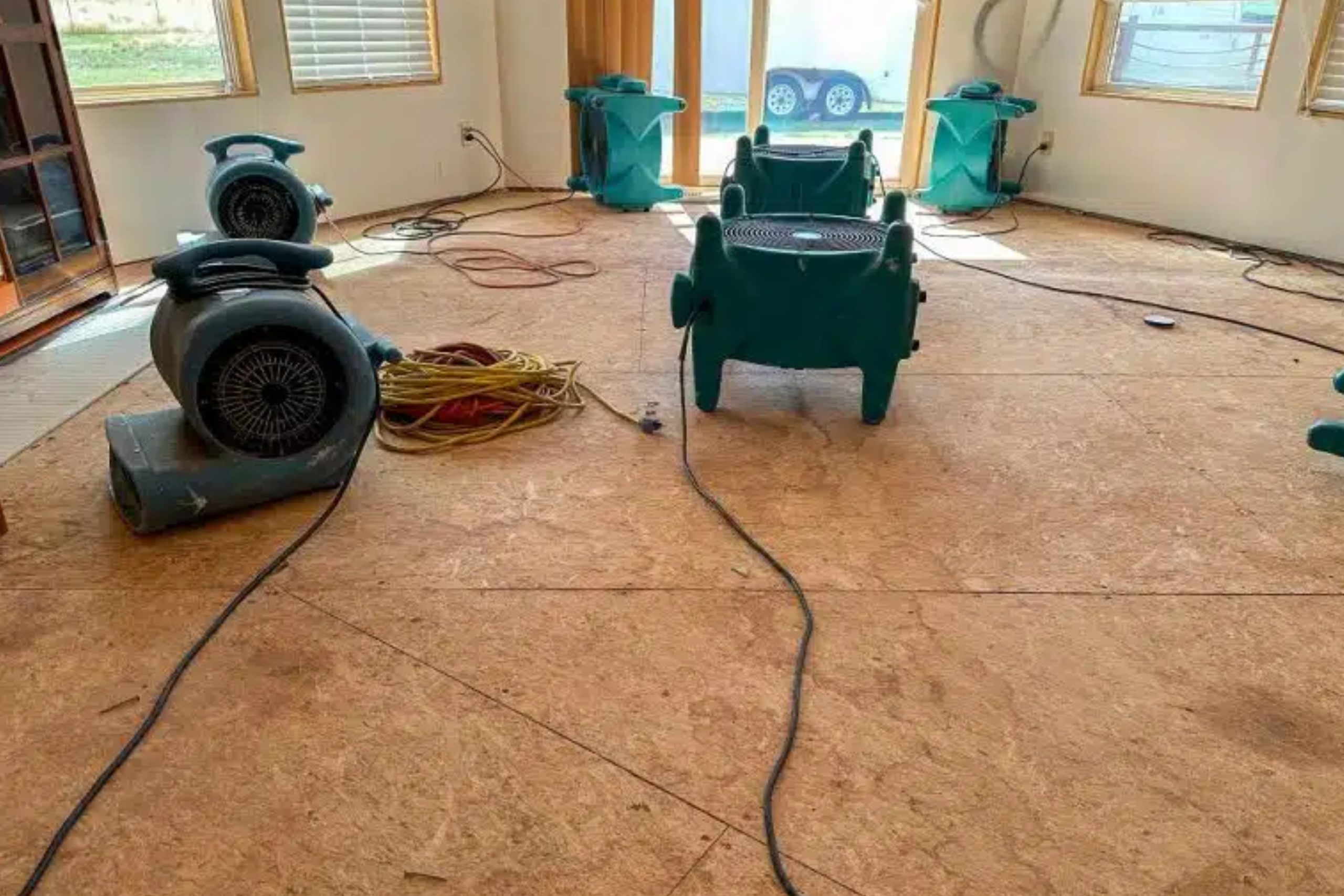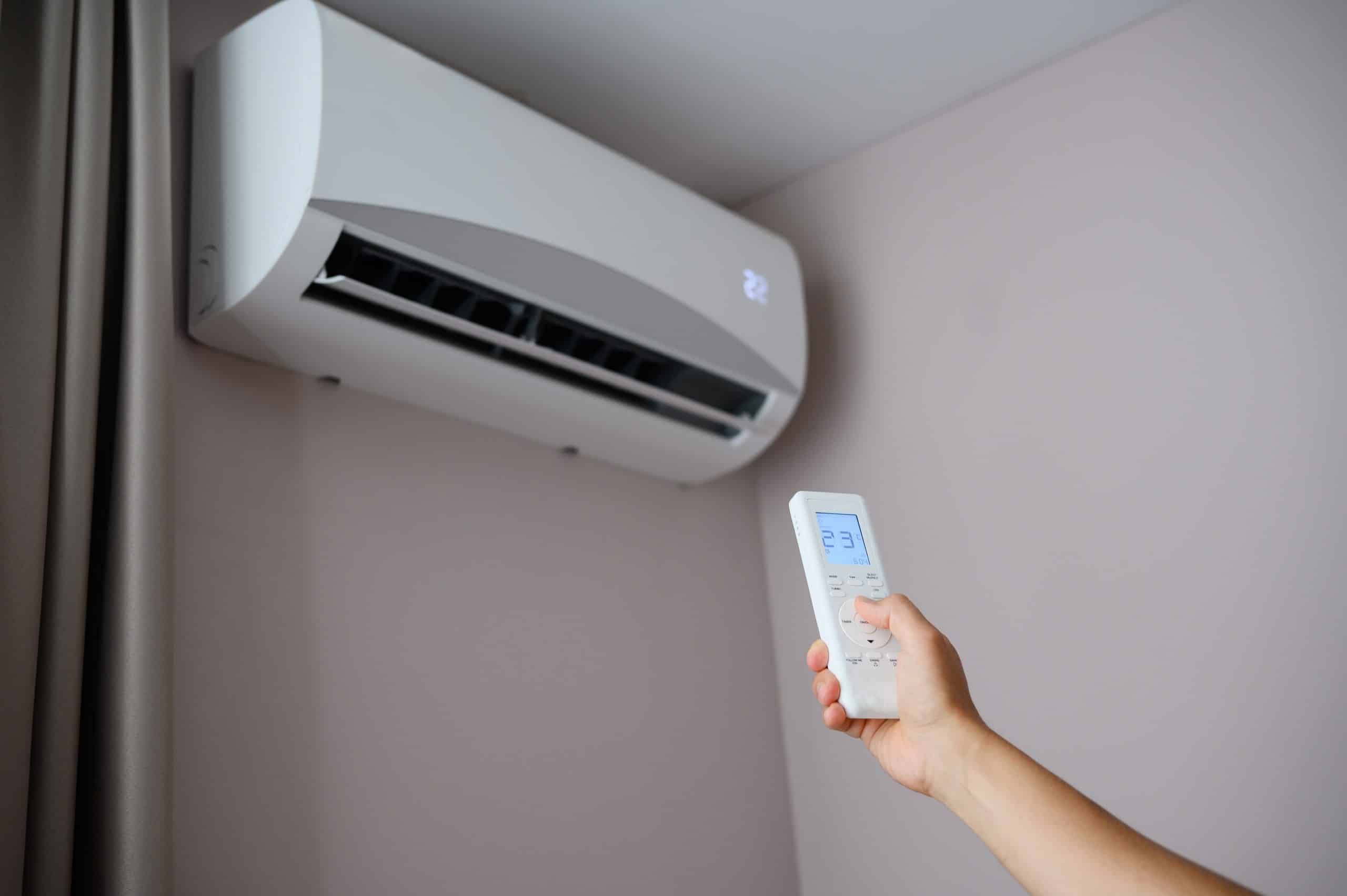Fact: Keeping indoor humidity between 30–50% stops mold and speeds up drying after water intrusion.…

Restore Floors and Furniture After Flooding
Fact: Properly restored floors and furniture recover up to 90% of their original beauty and strength.
Floodwater and leaks can warp wood floors, stain carpets, and soak upholstered sofas. Restoring these elements keeps your home looking great and avoids expensive replacements. This guide shows you how to bring floors and furniture back to life after water damage.
Start with Water Extraction & Removal
Before any restoration, remove all standing water. Use a wet/dry vac to pull water from carpets and hardwood. For deep floods, call professionals with truck-mounted pumps to clear water fast—avoiding mold that leads to more structural restoration.
Separate and Air-Dry Furniture
Move chairs, tables, and sofas to a dry area. Raise legs on blocks so air circulates underneath. For cushions, stand them on edge in front of fans. This prevents mildew and stops fabrics from sticking together—a key step before any upholstery cleaning.
Inspect Flooring Types
Different floors need different care:
- Hardwood: Warping and cupping occur when wood soaks. After extraction, run fans and a dehumidifier. If boards still warp, professionals can sand and refinish, restoring original floor water damage without full replacement.
- Laminate/Vinyl: Dry quickly with fans. Check under seams for bubbles—trim away affected sections and replace planks if needed.
- Carpet: If padding soaked through, carpet may lift, but padding always needs replacement. Clean and dry the carpet itself with hot-water extraction machines, then replace padding and tack the carpet back in place.
Clean and Sanitize Materials
Floodwater brings dirt and germs. For wood floors, mop with a mild detergent solution, then rinse with clean water. Upholstery requires an EPA-approved cleaner or professional water damage cleanup service. Don’t skip sanitizing—infected fabric fibers can cause foul odors requiring later fire damage cleanup when vents blow air.
Repair Minor Warping and Stains
Small wood floor cupping often flattens as moisture leaves. If stains appear, light sanding and recoating with polyurethane restore appearance. For wood furniture, sand stained spots and apply matching stain. Finish with a sealant to protect against future spills.
Address Upholstery Issues
Fabric sofas and chairs may trap water in tufted seams. Professionals use specialized extractors to pull moisture from layers. After drying, they apply antimicrobial sprays to stop mold. If cushions collapse, have foam replaced—recover the original comfort without full reupholstery.
Refinish and Protect
Once dry and cleaned, refinish hardwood floors with a quality sealant. For furniture, add a protective coat—such as wax for wood or fabric protector spray for textiles. This barrier repels future spills, cutting down on recurring plumbing overflow cleanup for minor mishaps.
Prevent Future Damage
Install area rugs in high-risk spots, and use furniture coasters under legs to keep wood raised. Place plastic mats under indoor plants and trays under kitchen appliances to catch leaks before they ruin surfaces again.
Flooding can feel like a total loss, but with prompt extraction, careful drying, sanitizing, and targeted repairs, you restore floors and furniture to near-original condition. These steps save you money, preserve your home’s character, and keep your living spaces welcoming—no matter what water tries to do.



